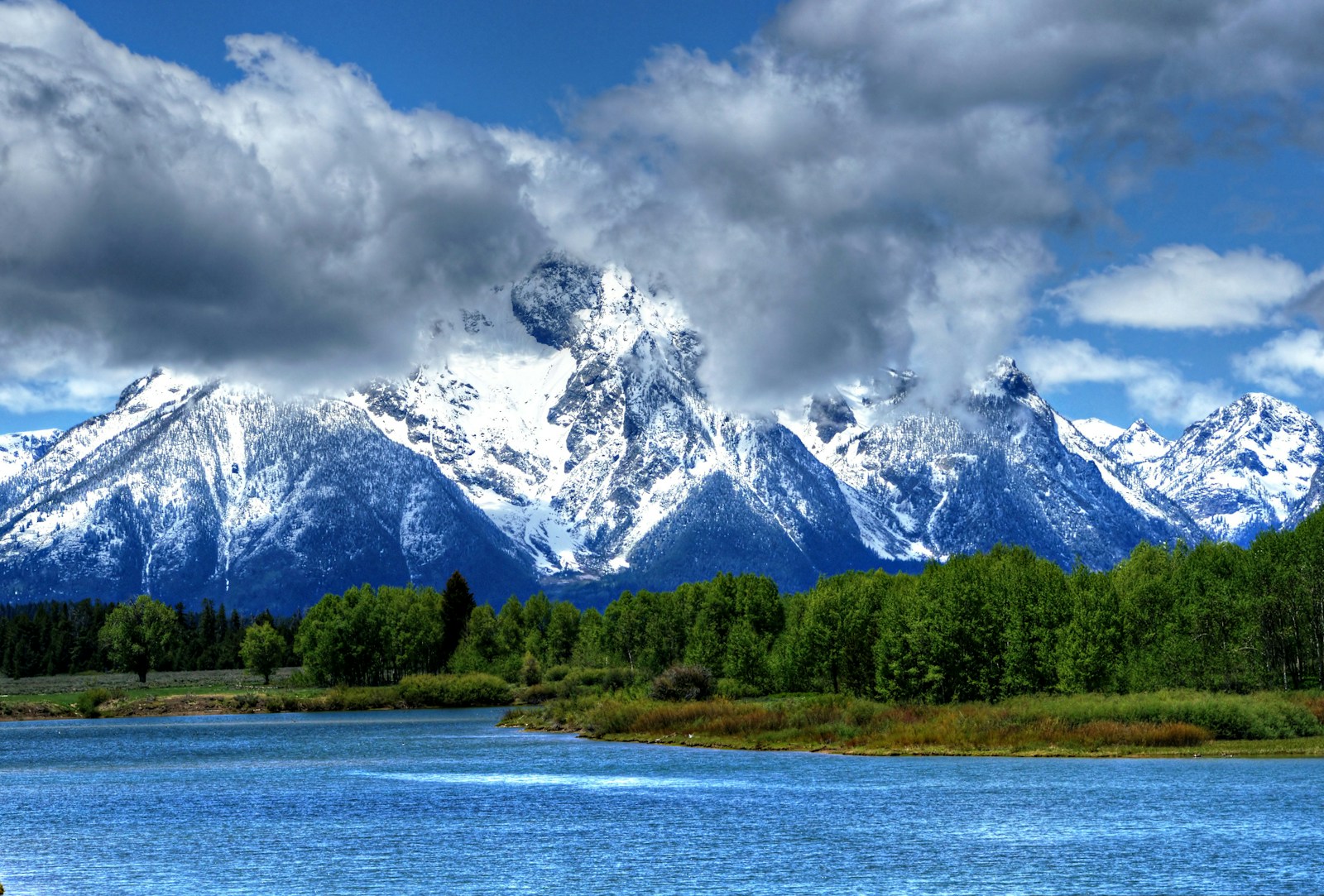The vast wilderness of America’s national parks attracts millions of visitors annually, drawn by the promise of spectacular vistas and communion with nature. Yet beneath this serene veneer lies a disturbing phenomenon that has perplexed authorities for decades: people vanishing without a trace. These aren’t simply cases of hikers getting lost – they’re disappearances that defy conventional explanation, occurring in circumstances so peculiar that they’ve spawned theories ranging from serial killers to supernatural forces. What makes these cases particularly unsettling is their similarities: sudden vanishings in accessible areas, missing clothes, inexplicable distances traveled, and search dogs unable to pick up scents. As we venture into this disturbing territory, we’ll explore the patterns, theories, and lingering questions surrounding these baffling cases that continue to haunt America’s most treasured landscapes.
The Disturbing Scale of Wilderness Disappearances

The true number of people who disappear in national parks each year remains surprisingly difficult to quantify, as no central database exists specifically tracking these incidents. According to various estimates, anywhere from 1,600 to several thousand people may go missing in U.S. national parks annually, though most are eventually found alive or deceased with clear causes. Former police detective David Paulides, who has documented hundreds of cases through his “Missing 411” books and documentary, claims to have identified at least 1,600 cases with unusual characteristics that distinguish them from ordinary missing persons situations. The National Park Service doesn’t maintain specific statistics on disappearances, often categorizing them under broader safety incidents, which critics argue obscures the scale of the problem. What’s particularly concerning is that even in highly trafficked areas with thousands of visitors, people can seemingly vanish within minutes, leaving search teams baffled despite extensive efforts.
Patterns That Defy Explanation
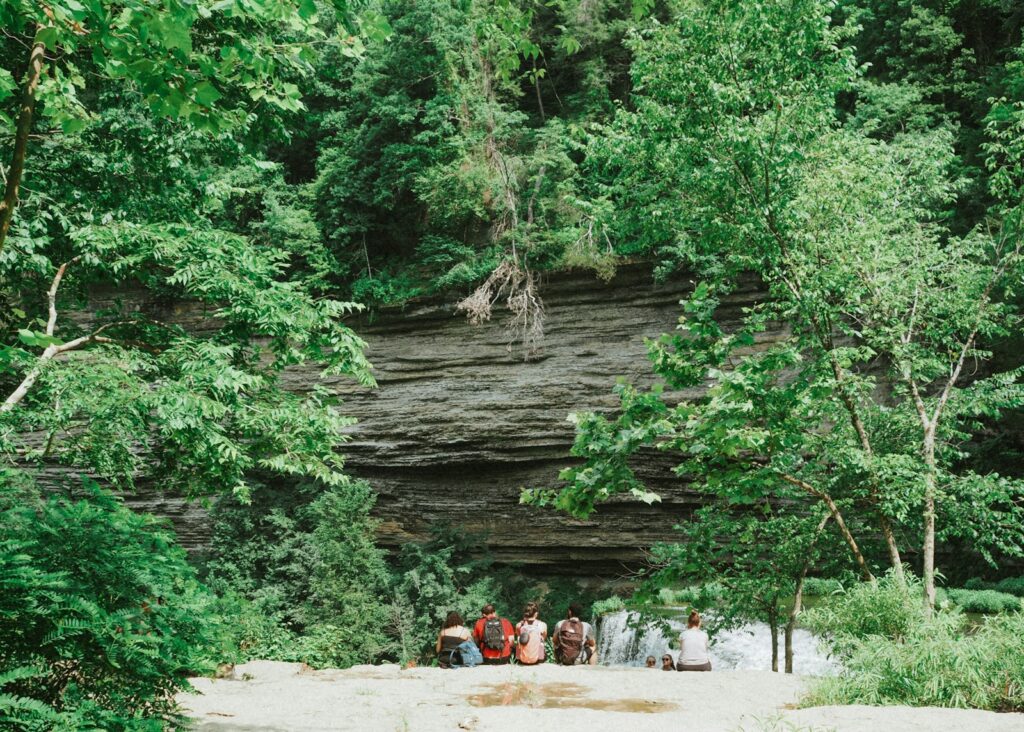
Researchers who have studied these disappearances have identified several recurring patterns that distinguish them from typical lost hiker cases. Many victims vanish in the middle of groups or while walking just slightly ahead or behind companions, disappearing in seconds without sounds of struggle or calls for help. Children and elderly individuals sometimes travel impossible distances over difficult terrain, appearing in locations that would challenge even experienced hikers. Weather often turns severe immediately after disappearances, hampering search efforts with sudden storms, fog, or snow. Perhaps most perplexing is the behavior of tracking dogs, which frequently lose scents entirely or refuse to track, suggesting the person somehow left no scent trail – a virtually impossible scenario under normal circumstances. These patterns have been documented across diverse parks from Yosemite to Great Smoky Mountains, suggesting a potentially interconnected phenomenon rather than isolated incidents.
The Mysterious Case of Dennis Martin

Perhaps no disappearance better exemplifies the strange nature of these cases than that of 6-year-old Dennis Martin, who vanished in Great Smoky Mountains National Park in 1969. Dennis was playing with his brother and other children near Spence Field, a meadow area, while remaining in clear view of their parents. During a brief game of hide-and-seek, Dennis ducked behind a bush just 40 feet away from his father – and was never seen again. What followed was one of the largest search operations in the park’s history, involving over 1,400 people including Green Berets, experienced trackers, and FBI agents. Despite the open terrain and immediate response, no trace of Dennis was ever found – no clothing, no remains, nothing to indicate what happened. Particularly disturbing was the report from another family hiking in the area who claimed to have seen a “rough-looking man” carrying something over his shoulder shortly after hearing a scream, though this lead was never conclusively connected to Dennis’s disappearance. The case remains unsolved over 50 years later, a haunting example of how someone can simply vanish in plain sight.
The ‘Cluster Areas’ Phenomenon
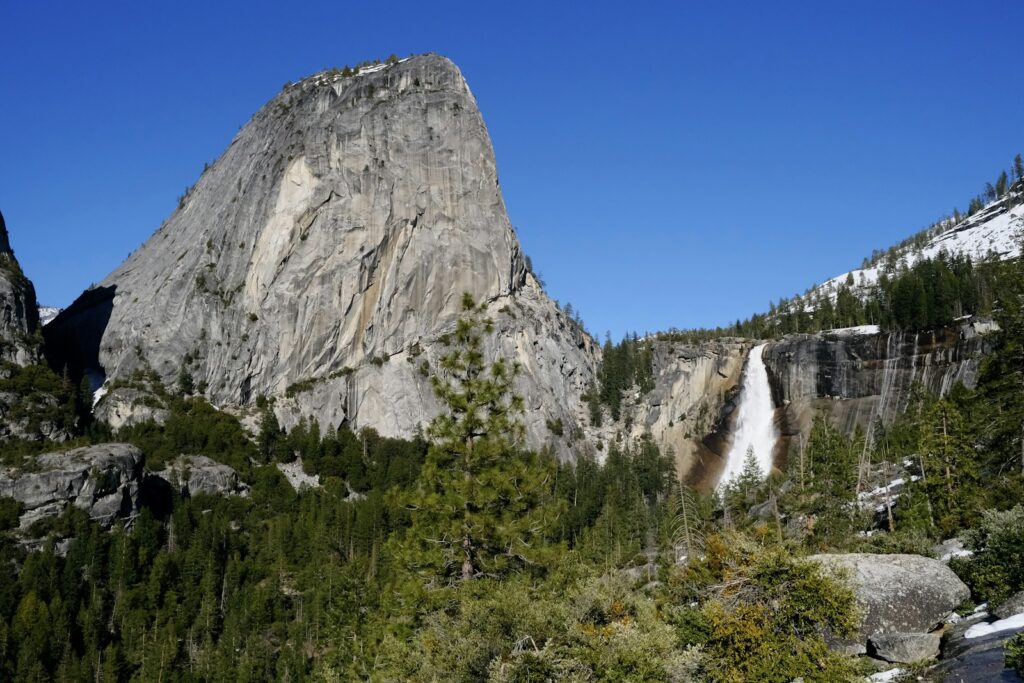
One of the most unsettling aspects of national park disappearances is their tendency to occur in specific “cluster areas” – geographical locations where multiple strange vanishings have been documented over time. Yosemite National Park contains several such hotspots, including an area near Nevada Falls where numerous people have disappeared under bizarre circumstances over decades. Montana’s Glacier National Park has specific valleys and ridges associated with multiple disappearances that share unusual characteristics. Mount Rainier in Washington has such a concentration of strange cases that it has been dubbed a “vortex” by some researchers documenting the phenomenon. These cluster areas often share geographical features like granite boulder fields, nearby bodies of water, and specific elevations between 4,000-7,000 feet. The geographical clustering defies simple explanation, as these areas are neither the most dangerous from a conventional wilderness survival perspective nor particularly difficult to search. This pattern suggests either an unknown environmental factor or, more disturbingly, the possibility of human predators targeting specific locations repeatedly over many years.
The Paradox of “Impossible” Locations
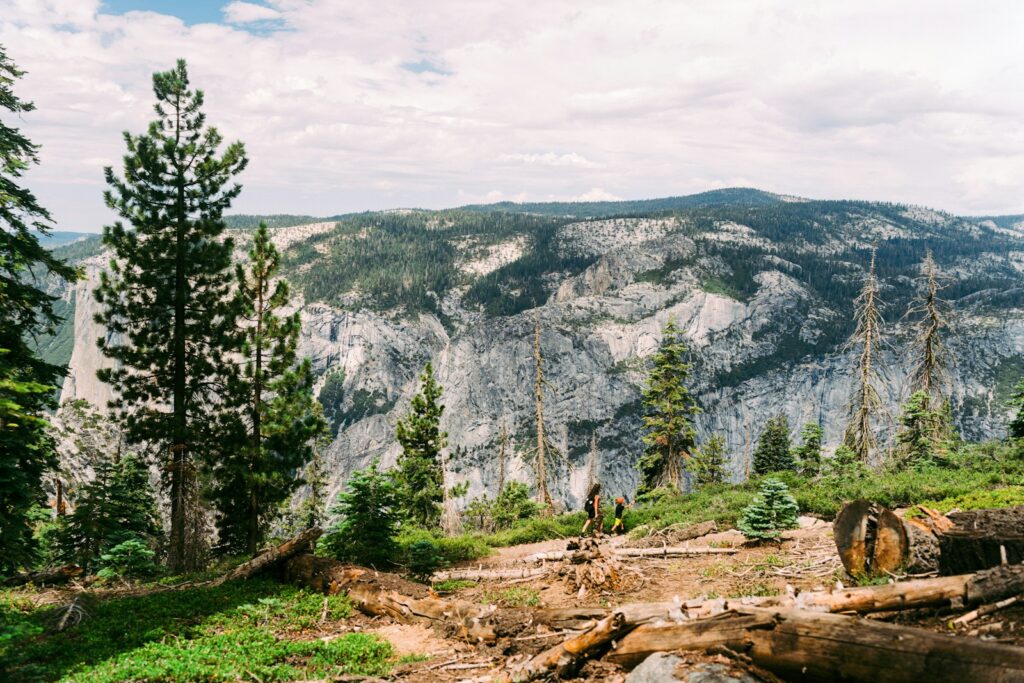
Among the most baffling aspects of these cases is the discovery of victims or their remains in locations that seem physically impossible for them to have reached. In Yosemite, a young boy was found alive after three days, having somehow traveled 12 miles uphill through extremely rugged terrain that would challenge even experienced adult hikers. In Olympic National Park, an elderly man with dementia was discovered 18 miles from his campsite in an area so remote that searchers had deemed it impossible for him to reach. More disturbing are cases where remains are found in previously searched areas, sometimes positioned in ways that suggest they were placed there after searches concluded. The infamous case of 2-year-old Keith Parkins, who vanished from Idaho’s Umatilla National Forest in 1952, ended when he was found alive 19 hours later in a dense thicket that had been meticulously searched multiple times. The boy was found sleeping, unharmed, with no explanation for how he had survived overnight temperatures or traveled to his location. These cases challenge our understanding of human capabilities and the thoroughness of modern search techniques.
The Curious Case of Missing Clothing

A particularly disturbing pattern in many national park disappearances involves the discovery of neatly arranged or partially removed clothing. In numerous cases, victims are found either deceased or alive but missing shoes, shirts, pants, or in some cases, all clothing – despite weather conditions that would make such actions potentially fatal. A 19-year-old woman who disappeared in the Sierra Nevada was found days later wearing only a t-shirt, with her jeans, shoes and jacket neatly folded on a rock nearly a mile from where she was discovered. In another case from Rocky Mountain National Park, a missing hiker’s boots were found placed side by side on a trail, with his socks tucked neatly inside them, while the man himself was found miles away. This phenomenon, known as “paradoxical undressing,” can occur in hypothermia cases, but many of these incidents happen in moderate weather where hypothermia would not be expected to develop so rapidly. The neat arrangement of the clothing also contradicts the disoriented behavior typically associated with hypothermic confusion, suggesting some other force may be at work.
The Search Dog Enigma

Perhaps no aspect of these disappearances confounds experts more than the behavior of tracking dogs deployed during searches. Highly trained search and rescue dogs have the ability to follow even the faintest human scent trails days after a person has passed through an area. Yet in many of these mysterious cases, dogs behave in ways that handlers describe as unprecedented and inexplicable. In some instances, dogs track a scent to a specific spot – often a boulder, body of water, or clearing – and then act confused, disoriented, or frightened, refusing to continue despite encouragement. In other cases, dogs show no interest in tracking at all, behaving as if the missing person never existed in the area, despite confirmed knowledge they were present. Most baffling are cases where multiple dog teams independently track to the exact same spot, only to have all scent vanish completely. Search dog handlers with decades of experience report never witnessing such behavior in conventional missing persons cases, suggesting something fundamentally different about these disappearances that affects even animal tracking capabilities.
The Boulder Field Connection

Researchers documenting these strange disappearances have noted a curious geographical correlation with granite boulder fields, which appear with surprising frequency in case locations. David Paulides, the former detective who has cataloged hundreds of these cases, notes that an unusually high percentage of disappearances occur near granite boulder formations or in drainage areas with significant granite presence. In Yosemite, several clusters of disappearances have occurred near the park’s distinctive granite features. At Mount Rainier, almost all of the most puzzling vanishings have connections to the mountain’s boulder fields and granite terrain. The significance of this correlation remains unclear – some speculate about unusual electromagnetic properties of granite affecting human cognition or navigation, while others suggest more practical explanations such as these areas being difficult to search effectively due to numerous small caves and crevices. What makes this pattern particularly strange is that victims are often found far from these boulder fields, as if the granite areas serve as entry points to whatever happens next, rather than final destinations.
The Controversial Response of the National Park Service

Critics have raised serious concerns about the National Park Service’s handling of these unusual disappearances, alleging inconsistent reporting, refusal to release public records, and a general reluctance to acknowledge patterns. Researchers seeking information through Freedom of Information Act requests have reported being charged excessive fees for record access or told that records for specific cases cannot be located. The Park Service does not maintain a specific database of missing persons within park boundaries, making it difficult to establish accurate statistics or identify patterns. When pressed on the issue, NPS officials generally attribute disappearances to conventional causes like wildlife attacks, falls, or disorientation, even in cases where evidence for such explanations is lacking. Some former Park Service employees have anonymously claimed they were discouraged from discussing certain disappearances or connecting cases that shared unusual characteristics. This institutional silence has fueled speculation about potential cover-ups, though skeptics argue the NPS response reflects bureaucratic limitations rather than concealment of information.
The Berry Pickers Mystery

One of the most perplexing cluster disappearances occurred in the late 1800s and early 1900s involving berry pickers in the Pacific Northwest’s wilderness areas that would later become national parks. During this period, at least fourteen separate incidents were documented in which berry pickers – often children or young women – vanished while gathering berries in relatively open, accessible areas. In most cases, the victims were in groups where others were nearby, yet disappeared without sounds of struggle or calls for help. The cases spanned different locations primarily in Washington and Oregon, yet shared remarkable similarities in circumstances. One particularly baffling case involved three children who vanished simultaneously while picking berries within earshot of their parents. Despite extensive searching immediately after their disappearance, no trace was ever found. The temporal clustering of these cases and their similar characteristics have led researchers to speculate about a potential serial predator operating in the region, though the geographical spread and time period would make this explanation challenging from a logistical perspective.
Theories: From Mundane to Extraordinary
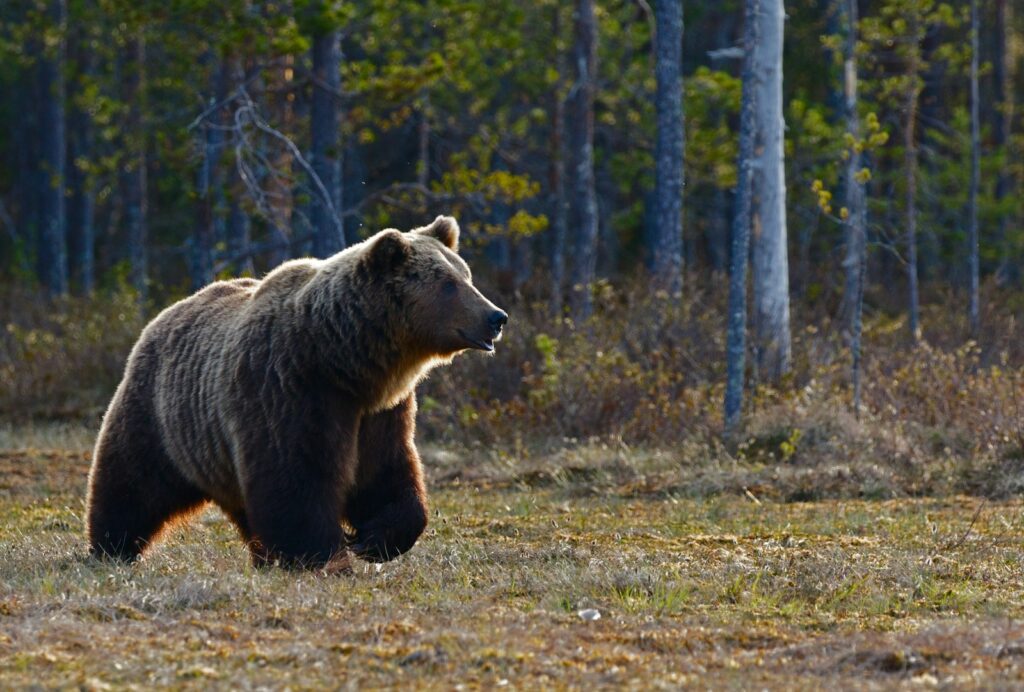
The unexplained nature of these disappearances has generated a spectrum of theories ranging from conventional to fantastic. The most straightforward explanations involve undocumented accidents, disorientation, animal attacks, or exposure to elements that proceed in ways that leave little evidence. More sinister conventional theories include the possibility of serial killers operating in remote areas, using the wilderness as both hunting ground and disposal site. Moving toward more speculative territory, some researchers have suggested natural phenomena like temporary spatial disorientation caused by electromagnetic anomalies or infrasound waves that might affect human perception and behavior. At the fringe, theories involve supernatural elements like interdimensional portals, cryptid creatures like Bigfoot, or even extraterrestrial abductions. While easy to dismiss, these more exotic theories persist partly because conventional explanations often struggle to account for all aspects of these cases, particularly the geographical clustering, the behavior of search dogs, and the discovery of victims in seemingly impossible locations.
The Link to Indigenous Legends

A compelling aspect of this phenomenon is how many disappearance hotspots correlate with areas traditionally considered sacred or dangerous by indigenous peoples. Numerous tribal traditions across North America include warnings about specific mountains, valleys, and forests where people would mysteriously vanish. The Great Smoky Mountains, where Dennis Martin and others have disappeared, contain areas the Cherokee historically avoided, describing them as places where people “would be taken.” Mount Shasta in California, another cluster site for strange disappearances, features prominently in local Karuk and Modoc traditions as a mountain where the boundaries between worlds were thin. Mount Rainier was known to several Northwest tribes as a place not to linger, with traditions warning of people who would enter certain areas and never return. While anthropologists caution against overinterpreting these connections, the geographical correlation between modern disappearance clusters and traditional indigenous avoidance areas raises questions about whether these oral traditions might have preserved knowledge of genuine phenomena that modern science has yet to identify or understand.
The Science of Getting Lost: Why Conventional Explanations Fall Short

To understand why these cases baffle experts, it’s important to recognize how humans typically behave when lost and how modern search techniques work. Research on lost person behavior shows relatively predictable patterns – most people travel downhill, follow paths of least resistance like streams or trails, and rarely move more than a few miles from their last known position unless on established paths. Modern search and rescue operations use sophisticated statistical models that factor in terrain, weather, age, and physical condition to establish high-probability search areas. Thermal imaging, aerial searches, grid patterns, and tracking dogs create overlapping search methods that are remarkably effective at finding conventional missing persons. Yet in these strange cases, victims are often found outside all high-probability areas, having seemingly defied both human behavioral patterns and the physical limitations that should constrain their movements. Even more puzzling are cases where remains are discovered in areas previously searched multiple times by experienced teams. These factors suggest either previously undocumented human behaviors when lost, or more troublingly, factors beyond conventional wilderness hazards affecting these disappearances.
Unsolved Questions and Ongoing Research

As research into these mysterious disappearances continues, several critical questions remain unanswered. Why do certain geographical locations experience repeated incidents with similar bizarre characteristics over decades? What explains the inability of tracking dogs to follow scents in many of these cases, when such failures rarely occur in conventional searches? How do victims – particularly children and elderly individuals – traverse distances and terrain that would challenge even experienced outdoorspeople? Why does clothing removal feature so prominently in cases where weather conditions would make such actions potentially fatal? Researchers are employing new approaches to address these questions, including geographical information system (GIS) mapping of disappearances to identify potential environmental factors, analysis of geomagnetic anomalies in cluster areas, and sophisticated reviews of autopsy findings from recovered victims. While conclusive answers remain elusive, the growing body of documented cases suggests these strange disappearances represent a genuine phenomenon requiring serious interdisciplinary investigation beyond conventional explanations.
Conclusion

The mysterious disappearances in America’s national parks represent one of the most perplexing intersections of wilderness, human vulnerability, and unexplained phenomena. While skeptics rightfully point to the power of nature to disorient and overwhelm even prepared visitors, the patterns documented across decades and diverse locations suggest something beyond ordinary wilderness mishaps may be occurring. These cases challenge our understanding of how people become lost, how searches should function, and perhaps most disturbingly, what unknown factors might lie hidden in our most treasured natural spaces. As research continues and more cases are documented with modern forensic techniques, we may eventually discover rational explanations for these disappearances. Until then, these cases serve as a humbling reminder that despite all our technological advances and understanding of the natural world, the wilderness still holds mysteries that continue to evade our comprehension.

